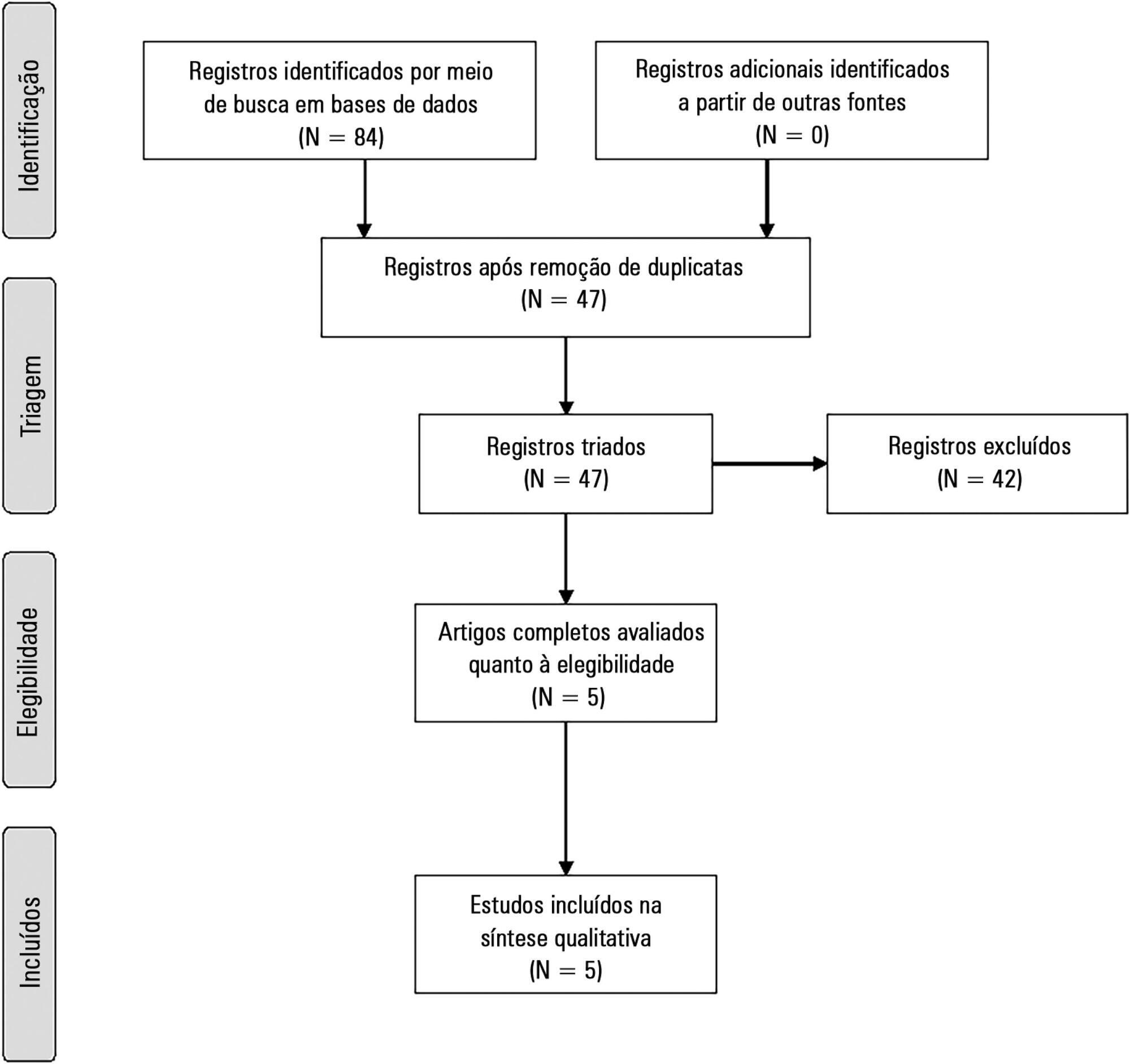You searched for:"Antonio Paulo Nassar Jr."
We found (2) results for your search.-
Commentaries
Is APACHE II a useful tool for clinical research?
Rev Bras Ter Intensiva. 2017;29(3):264-267
Abstract
CommentariesIs APACHE II a useful tool for clinical research?
Rev Bras Ter Intensiva. 2017;29(3):264-267
DOI 10.5935/0103-507X.20170046
Views0The population of patients admitted to the intensive care unit (ICU) is quite heterogeneous. Overall, the outcome of ICU treatment depends on the site, cause of admission, age, prior comorbidities, and acute physiological changes at admission and during the first several hours of treatment. Predictions of the in-hospital mortality of ICU patients play important roles […]See more
-
Review Articles
Applicability of respiratory variations in stroke volume and its surrogates for dynamic fluid responsiveness prediction in critically ill patients: a systematic review of the prevalence of required conditions
Rev Bras Ter Intensiva. 2017;29(1):70-76
Abstract
Review ArticlesApplicability of respiratory variations in stroke volume and its surrogates for dynamic fluid responsiveness prediction in critically ill patients: a systematic review of the prevalence of required conditions
Rev Bras Ter Intensiva. 2017;29(1):70-76
DOI 10.5935/0103-507X.20170011
Views0See moreABSTRACT
Objective:
The present systematic review searched for published data on the prevalence of required conditions for proper assessment in critically ill patients.
Methods:
The Medline, Scopus and Web of Science databases were searched to identify studies that evaluated the prevalence of validated conditions for the fluid responsiveness assessment using respiratory variations in the stroke volume or another surrogate in adult critically ill patients. The primary outcome was the suitability of the fluid responsiveness evaluation. The secondary objectives were the type and prevalence of pre-requisites evaluated to define the suitability.
Results:
Five studies were included (14,804 patients). High clinical and statistical heterogeneity was observed (I2 = 98.6%), which prevented us from pooling the results into a meaningful summary conclusion. The most frequent limitation identified is the absence of invasive mechanical ventilation with a tidal volume ≥ 8mL/kg. The final suitability for the fluid responsiveness assessment was low (in four studies, it varied between 1.9 to 8.3%, in one study, it was 42.4%).
Conclusion:
Applicability of the dynamic indices of preload responsiveness requiring heart-lung interactions might be limited in daily practice.

Search
Search in:
KEY WORDS
Case reports Child Coronavirus infections COVID-19 Critical care Critical illness Extracorporeal membrane oxygenation Infant, newborn Intensive care Intensive care units Intensive care units, pediatric mechanical ventilation Mortality Physical therapy modalities Prognosis Respiration, artificial Respiratory insufficiency risk factors SARS-CoV-2 Sepsis




